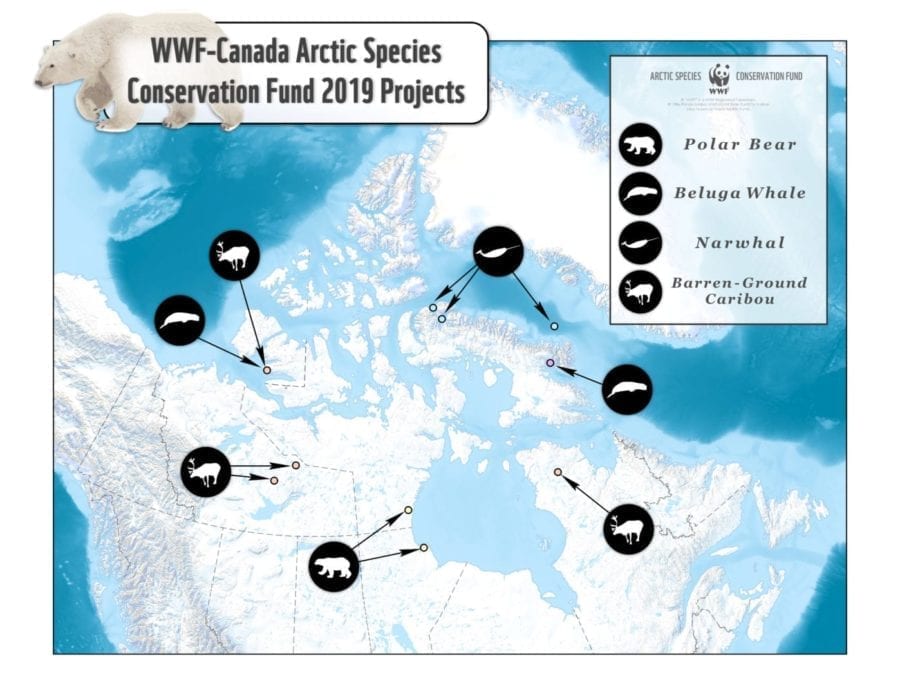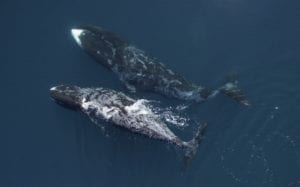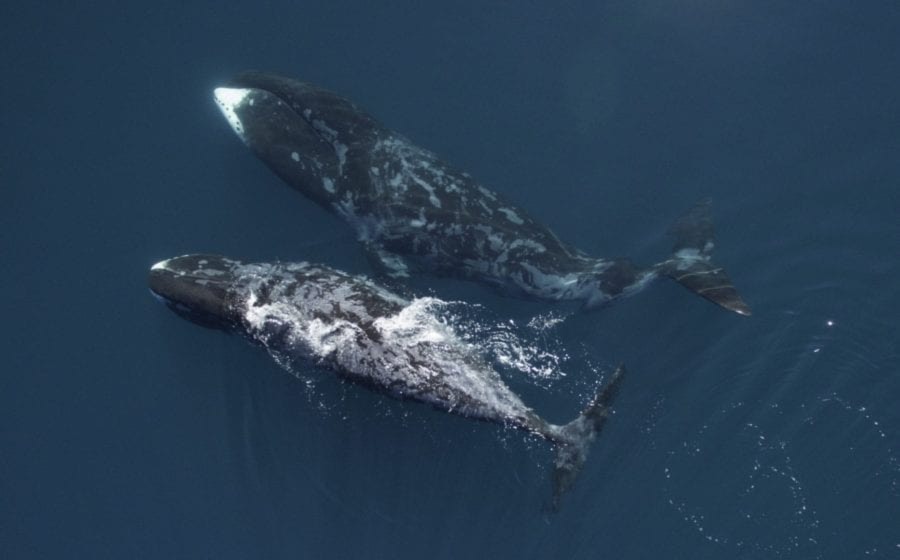World Wildlife Fund (WWF) Canada is prepared to ante up approximately $250,000 to fund new projects that will aim to benefit narwhal, beluga, caribou, polar bears and humans.
Research will entail a mixture of Inuit traditional knowledge and modern technology.

Cumberland Sound beluga, a threatened species, will be tracked using drones and satellites to gain a better understanding of their habitat and nursery areas.
Decades of historic narwhal data SA����Ӱ�Ӵ�ý� including recent tagging studies in the High Arctic SA����Ӱ�Ӵ�ý� will be analyzed to detect how climate change and increased shipping may be affecting narwhal summer and winter habitats.
The behaviour and migrations patterns of barren-ground caribou, whose population has declined dramatically, will be closely monitored and feces samples will be evaluated SA����Ӱ�Ӵ�ý� all with an eye on how mining may be impacting the herds.
Cameras will be trained on Western Hudson Polar bears near Arviat to probe what might be driving the bears into communities and creating more conflict between the predators and humans.
In past years, more than $400,000 has been allocated for Northern projects through WWF CanadaSA����Ӱ�Ӵ�ý�s Arctic Species Conservation Fund, which is reliant on public, corporate and foundation donations. That fund has supported in excess of 50 Northern projects since its inception in 2015, many of which have university partners.

narwhal, beluga and polar bears. photo courtesy of World Wildlife Fund Canada
Although WWF Canada is entering its fifth year of aiding projects through the Arctic fund, there arenSA����Ӱ�Ӵ�ý�t yet examples of how wildlife has been saved. ThatSA����Ӱ�Ӵ�ý�s because the process is complex, according to Brandon Laforest, WWF CanadaSA����Ӱ�Ӵ�ý�s senior specialist for Arctic species and ecosystems, whoSA����Ӱ�Ӵ�ý�s based in Iqaluit.
SA����Ӱ�Ӵ�ý�We recognize that it takes a long time, especially to do research right with communities, it takes a long time to build trust and come up with information,SA����Ӱ�Ӵ�ý� he said. SA����Ӱ�Ӵ�ý�From the analysis perspective it often takes a long time to get enough sample size and longevity of data to say anything of consequence.SA����Ӱ�Ӵ�ý�
WWF CanadaSA����Ӱ�Ӵ�ý�s Iqaluit office hosts five staff including former premier Paul Okalik, whoSA����Ӱ�Ӵ�ý�s the organizationSA����Ӱ�Ӵ�ý�s lead Arctic adviser.
Among the project partners for 2019 are the Kitikmeot Regional Wildlife Board and the Arviat Hunters and Trappers Organization. One of WWF CanadaSA����Ӱ�Ӵ�ý�s priorities is to have communities endorse or lead projects.
SA����Ӱ�Ӵ�ý�You canSA����Ӱ�Ӵ�ý�t, in this day and age, do research that local people donSA����Ӱ�Ӵ�ý�t support,SA����Ӱ�Ӵ�ý� said Laforest. SA����Ӱ�Ӵ�ý�WeSA����Ӱ�Ӵ�ý�ve really learned the value of finding partnerships and finding mutual goals and working together on those goals.SA����Ӱ�Ӵ�ý�
When the Taloyoak Hunters and Trappers Organization (HTO) set out to protect wildlife in the Boothia peninsula from mining and exploration activities a year ago, the HTO accepted technical expertise from WWF Canada.
SA����Ӱ�Ӵ�ý�TheySA����Ӱ�Ӵ�ý�ve been very beneficial. TheySA����Ӱ�Ӵ�ý�ve been more than a help,SA����Ӱ�Ӵ�ý� said Jimmy Oleekatalik, manager of the Taloyoak HTO. SA����Ӱ�Ӵ�ý�TheySA����Ӱ�Ӵ�ý�re good people.SA����Ӱ�Ӵ�ý�
Although WWF Canada sometimes has representatives attend hunters and trappers and regional wildlife board meetings to get a better grasp of the local perspective, there are occasions when the WWF and Indigenous people have differences of opinion about the health or populations of various species, Laforest acknowledged.
SA����Ӱ�Ӵ�ý�I think weSA����Ӱ�Ӵ�ý�ve really earned the ability to disagree sometimes, and itSA����Ӱ�Ӵ�ý�s not the end of the world if you have a difference of opinion,SA����Ӱ�Ӵ�ý� he said. SA����Ӱ�Ӵ�ý�What we really strive to do is always ensure that the best information is put forward for decision by the co-management authorities and then respect the decision that comes out. Even then if you have a dissenting opinion, I donSA����Ӱ�Ӵ�ý�t think thatSA����Ӱ�Ӵ�ý�s a terrible thing. It creates conversation and it helps ultimately ensure the best management when all information is considered.SA����Ӱ�Ӵ�ý�




